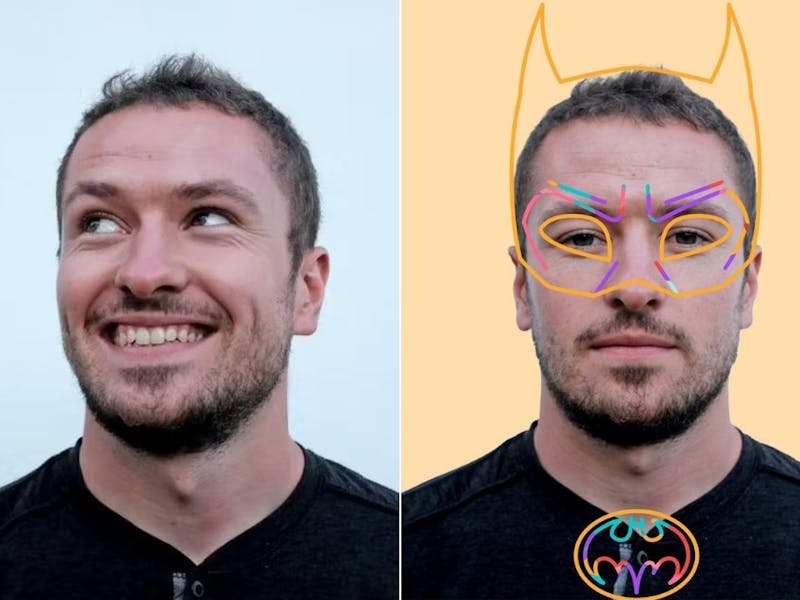Area measurement methods are used in various clinical practices such as wound management, dermatology, plastic and reconstructive surgery, burn units, surgical specialities and more. Traditional methods are often time-consuming or inaccurate. With this brief overview of existing methods, you will learn how imito solutions provide a safe, effective and fast alternative, directly on your smartphone.
Overview of Area Measurement Methods
Area measurements methods are mainly but not exclusively used in wound care to objectively document the lesion evolution; Is it growing bigger? How far does it extend? How fast is the size evolving? Does it shrink as expected in response to a specific treatment? For that different methods can be used and based on the excellent systematic review by Jørgensen LB et al.¹, we summarised the pros and cons for each of the two-dimensional measurement methods.
Methods involving skin contact
- Planimetric method: After having traced the wound border on a metric gridded layer (scale paper), the number of small squares are counted and returning the surface area. This manual method is accurate and reliable but takes time and involves skin contact and therefore a contamination risk.
Methods without skin contact

- Simple ruler method: The length and width are multiplied to estimate the area. This method is easy and low cost but very often highly overestimates the surface, sometimes up to 40%!
- Mathematical models: The elliptical method or the Kundin wound gauge (length × width × 0.785) are used to estimate area using a mathematical formula. Those methods are easy to use and the surface is quickly calculated. Their assumption of an elliptical/rounded lesion shape makes them unfortunately inaccurate for irregular wounds.
- Stereophotogrammetry: A special stereographical camera (taking several pictures with different angles) supported by a computer can return the wound area, length and width. This method is accurate but time-consuming, expensive and requires the specific camera to be available at the bedside.
- Digital imaging: An object (e.g. a ruler) with a known size is placed near the wound. The first step after taking a picture, is to select the object or a part of it to serve as a reference size. Second step, the border of the wound is traced and calculated. This method is accurate and as reliable as planimetry but its two-steps make it time-consuming.
imito’s Method: Digital Planimetry
With imito digital planimetry, we are offering healthcare professionals a contactless, accurate, reliable and fast method to measure a surface area and all of this all directly on a smartphone!

The process is as follow:
- The user places the Calibration Marker (also available as single use stickers) next to the region of interest.
- The user takes a picture of the region. The image is automatically calibrated.
- The user then uses his/her finger to draw a border of the region of interest directly on his smartphone screen. The app calculates the exact surface of the polygon using digital planimetry.
During our validation tests, we came to following results:
- Accuracy: expressed as experimental error of about 5% for width and length measurements and up to 10% for surface area.
- Precision: expressed as coefficient of variation (%RSD) < 5%.
Measurement quality depends on random errors such as environment (distance to marker or small tilt of the marker that makes it not exactly parallel to the picture), inter-operator variations (when tracing the wound boundaries on screen) and systematic errors (device camera optics distortion). Our measurement system in a wound care context has proven to have an excellent repeatability and accuracy in comparison to reference measurements performed with image J software (Digital imaging).
We have taken your interest ?
Try our area measurement method for free in the imitoMeasure app!
¹ Jørgensen LB, Sørensen JA, Jemec GB, Yderstraede KB. Methods to assess area and volume of wounds - a systematic review. Int Wound J. 2016 Aug;13(4):540-53. doi: 10.1111/iwj.12472. Epub 2015 Aug 6. Review. PubMed PMID: 26250714.




